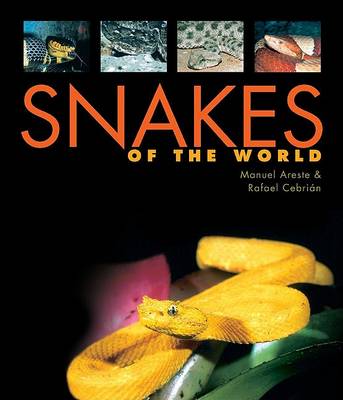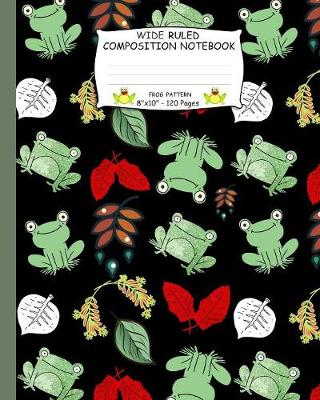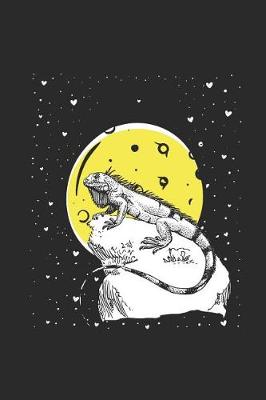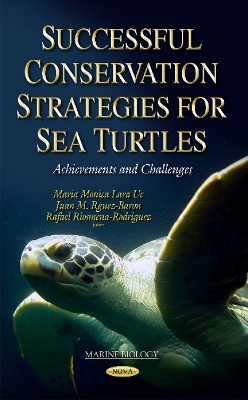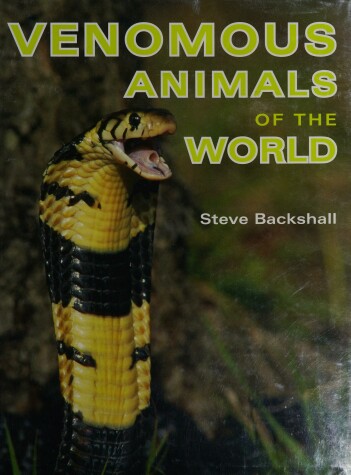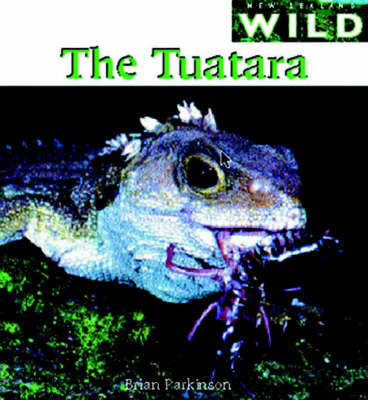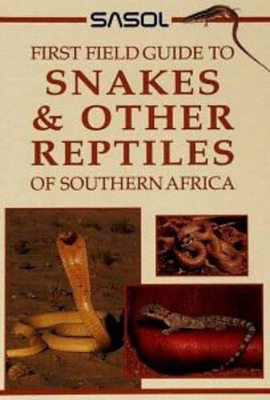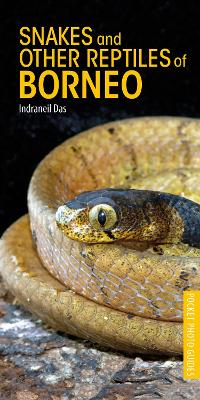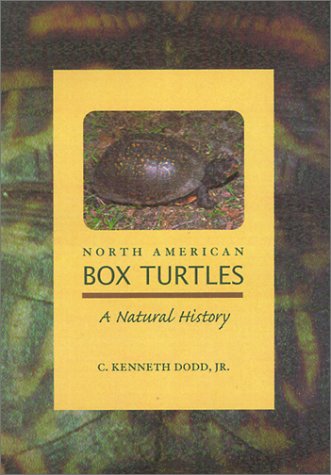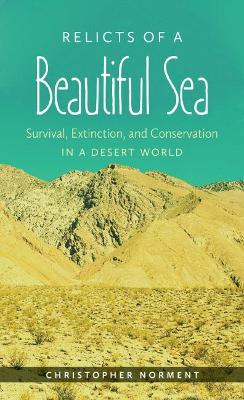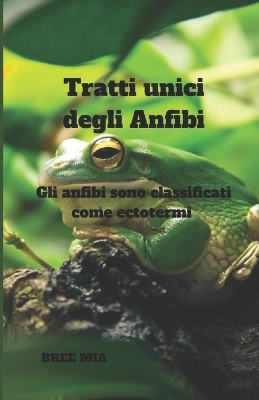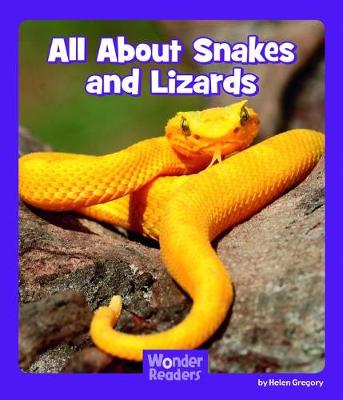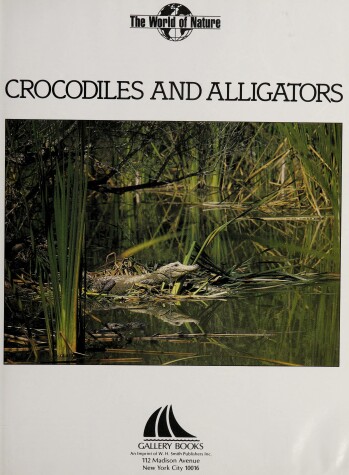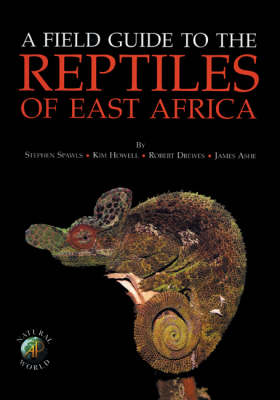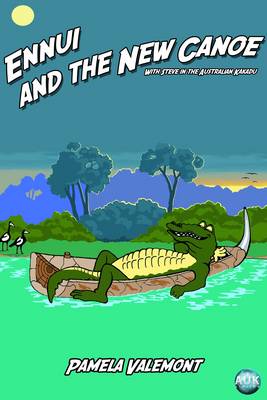Surveys of Tidal River Systems in the Northern Territory and Their Crocodile Populations
by Harry Messel and etc.
Successful Conservation Strategies for Sea Turtles
After decades of research, monitoring, and analysis, we still have so much to learn about sea turtles. As reptiles, they are environmentally sensitive animals and thus can sense acute changes in their habitat. This rudimentary tactic of ectothermic animals has possibly conceded to the survival of sea turtle populations over millions of years. They have endured cooling and warming of the earth. The habitats they depend on have endured fierce hurricanes and erosion. Now the question remains if sea...
Venomous creatures such as snakes and spiders are the stuff of human nightmares. Yet toxins are a regular part of the animal world, an essential tool for hunting and defense. A surprising variety of insects, reptiles, and amphibians use venom in their daily lives, either to subdue their prey or to prevent falling victim to another predator. Precisely how many forms of wildlife are venomous is only now becoming clear. From the mighty King Cobra, which can reach over five meters in length, down to...
Sasol First Field Guide to Snakes & other Reptiles of Southern Africa (Field Guides)
by Tracey Hawthorne
This guide is part of the First Field Guide series of natural history field guides, developed in the hope that increasingly young people will take up the challenge to learn the secrets of the fascinating wild creatures of Southern Africa. These little guides are an invaluable resource for the budding naturalist, providing information at a glance through superb photographs, maps and easy-to-read texts.
Snakes and Other Reptiles of Borneo (Pocket Photo Guides)
by Indraneil Das
There are been approximately 290 snake and reptile species recorded from the island of Borneo, and this guide describes and illustrates 187 of those that one is likely to encounter. Authoritative text by an experienced field herpetologist covers key diagnostic features, biology and distribution, and there are chapters on searching for reptiles and surviving snake bites. Packed with stunning full-colour photographs, each carefully selected to guide identification, this is an ideal pocket-sized gu...
North American Box Turtles (Animal Natural History, #6)
by Courtesy Associate Professor C Kenneth Dodd, JR.
Along a tiny spring in a narrow canyon near Death Valley, seemingly against all odds, an Inyo Mountain slender salamander makes its home. "The desert," writes conservation biologist Christopher Norment, "is defined by the absence of water, and yet in the desert there is water enough, if you live properly." Relicts of a Beautiful Sea explores the existence of rare, unexpected, and sublime desert creatures such as the black toad and four pupfishes unique to the desert West. All are anomalies: amph...
The journals of early maritime explorers traversing the Atlantic Ocean often describe swarms of sea turtles, once a plentiful source of food. Many populations had been decimated by the 1950s, when Archie Carr and others raised public awareness of their plight. One species, the green turtle, has been the most heavily exploited due to international demand for turtle products, especially green turtle soup. The species has achieved some measure of recovery due to thirty years of conservation efforts...
No single individual did more to promote sea turtle research and conservation than Archie Carr (1909-1987). So entwined did he become with these creatures and the fight against their overexploitation and loss of habitat that the largest wildlife refuge for loggerhead turtles in the world was named in his honor, and World Sea Turtle Day is celebrated internationally on his birthday, June 16.Carr’s work with sea turtles began in the 1940s. His many publications written for general readers, includi...
All about Snakes and Lizards (Wonder Readers Fluent Level)
by Helen Gregory
A Field Guide to the Reptiles of East Africa
by Stephen Spawls, Kim Howell, Robert Drewes, and James Ashe
This superb detailed field guide covers the identification of all snakes, lizards, crocodilians and chelonians (turtles and tortoises) found in the east African countries of Kenya, Tanzania, Uganda, Rwanda and Burundi. With species accounts describing appearance, habitat, distribution and natural history, with distribution maps and many colour photos, this is a complete reference book for anyone with an interest in the reptiles of this area.
Photographs and text introduce some deadly snakes.


